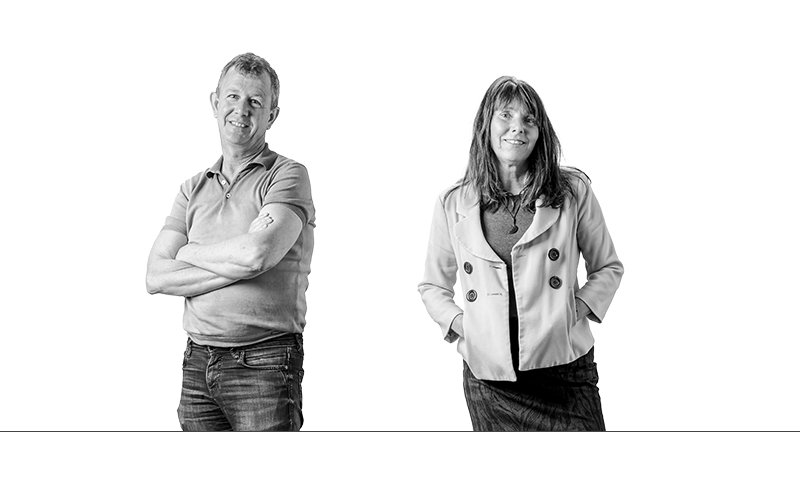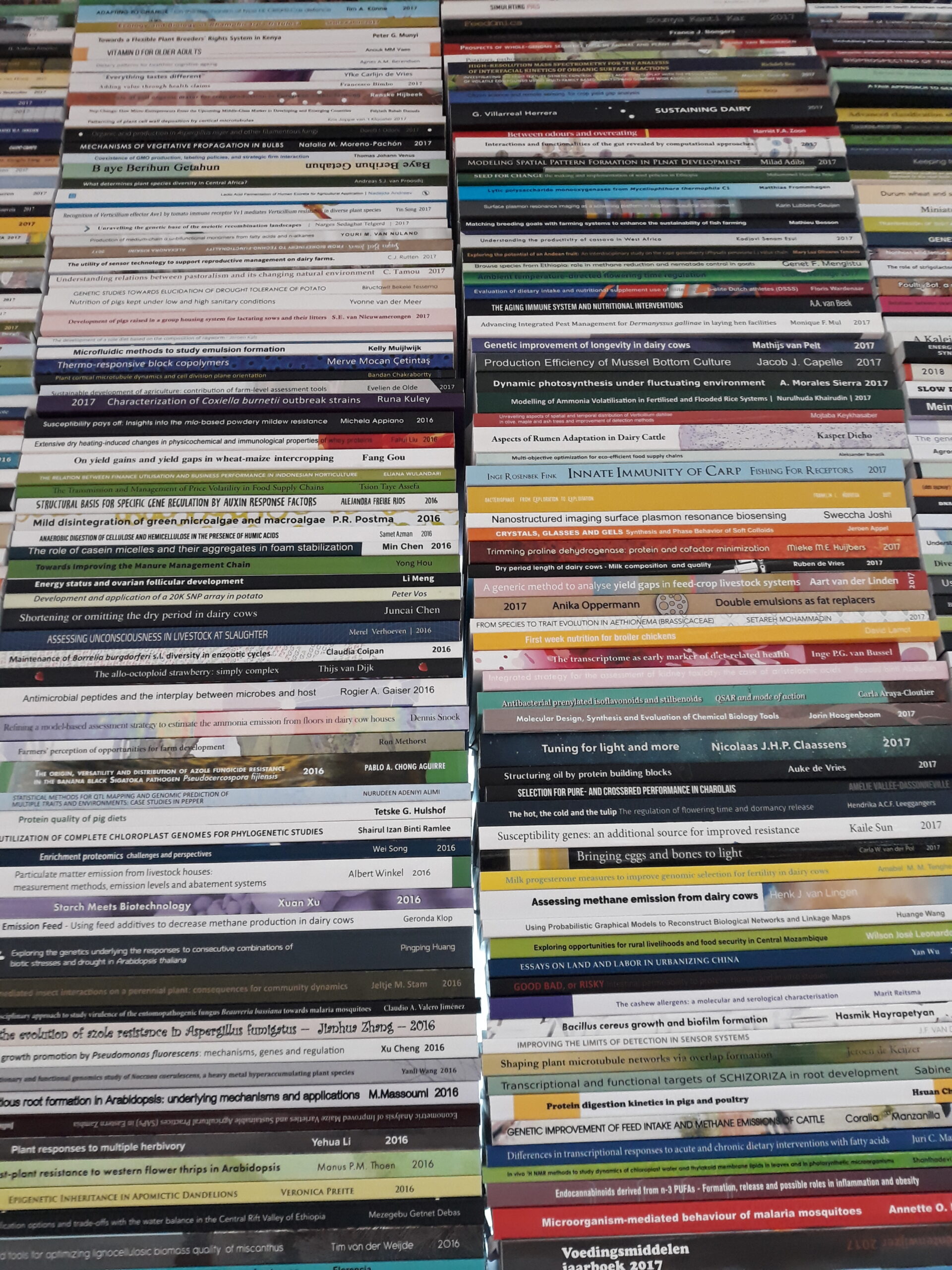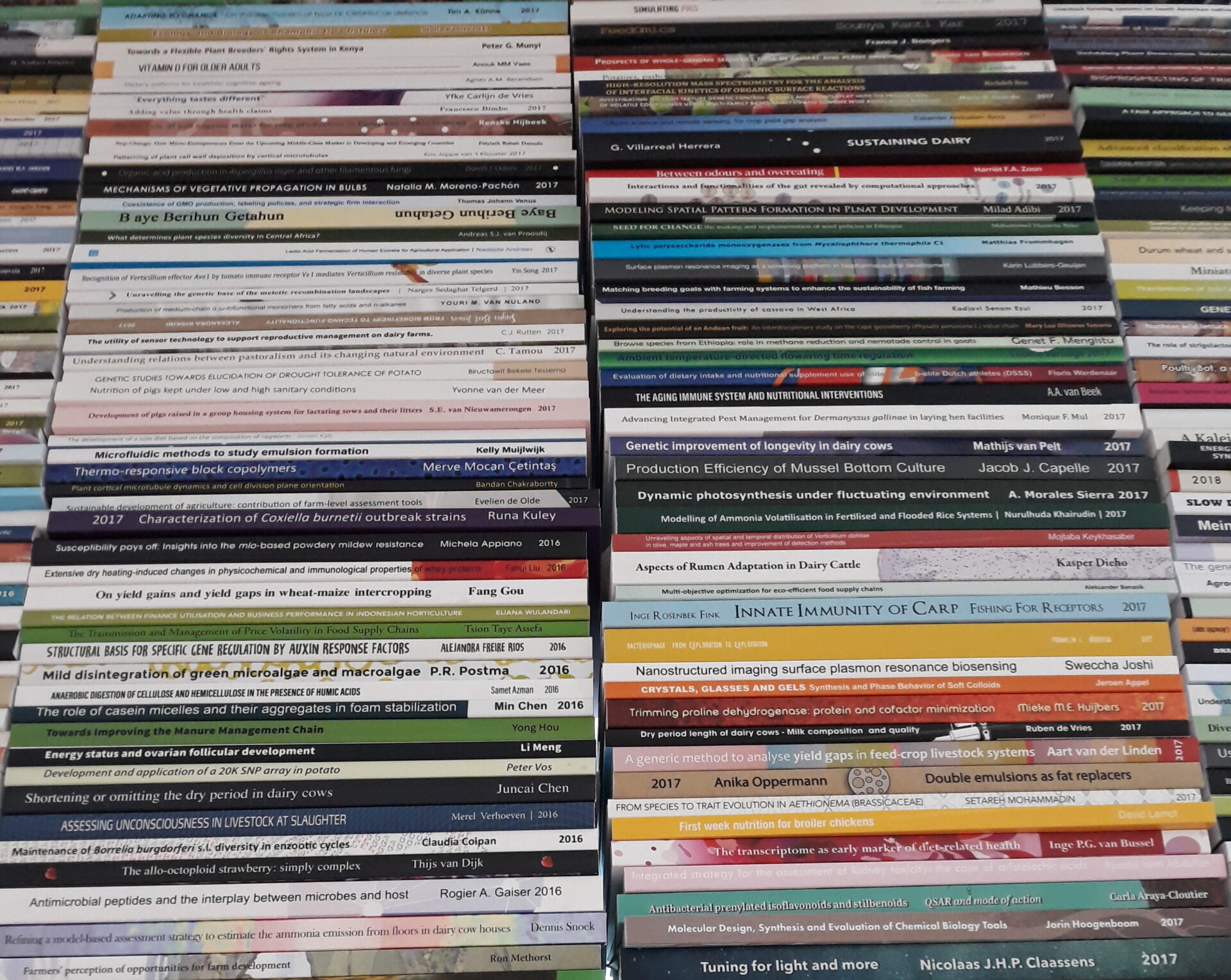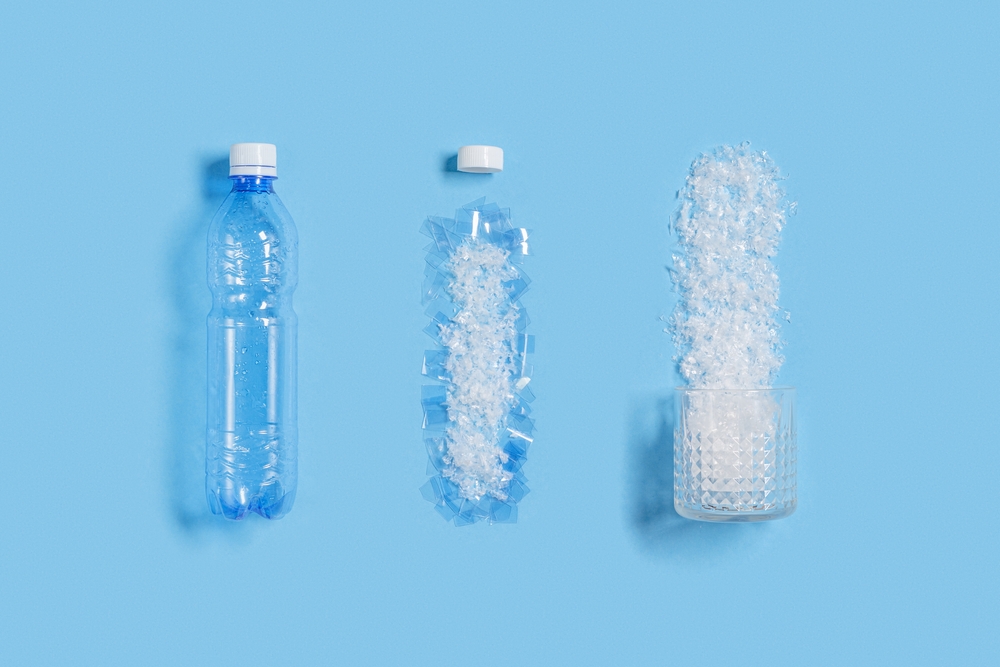All EU countries are expected to cut their use of plant protection products by 50 per cent by 2030. A concerned soil scientist and an experienced expert on chemical approval discuss the future of plant protection products in the Netherlands.
Corné Kempenaar, a senior researcher in integrated crop protection and precision agriculture at Agrosystems Research and a board member of CTGB, the Dutch authorization authority for crop protection products.
Violette Geissen, professor of Soil Degradation and Land Management at Environmental Sciences, where she does research on the environmental health effects of pesticide residues.
Kempenaar: ‘The EU’s plan is to cut the use of plant protection products by reducing the total number of kilograms used. That is not a good strategy. It puts farmers off using low-risk pesticides because you need more of them by weight since they have less effect per kilogram. Besides, there is no clear definition of a low-risk agent, even though we want to give them priority. Europe hasn’t managed to sort that out.’
Geissen: ‘I am still very worried about plant protection products. I’m always seeing pesticides coming onto the market that turn out to be unsafe, and then yet another new pesticide comes along, which later turns out not to be safe enough either. In what world is that the precautionary principle that the EU claims to base its decisions on?’
Kempenaar: ‘I want to look beyond concerns about pesticides alone. Their use should always be weighed up against the effects of the alternatives. If you take the use of RoundUp against weeds, for example, there are also mechanical ways of getting rid of your weeds. But some of my research has shown that you kill more soil life with those than you do with the pesticide. I am in favour of any method that promotes sustainability overall. And not dogmatically believing that one choice is wrong by definition while another is fine.’
Geissen: ‘It’s true that mechanical weed control has negative effects as well. But they only affect the field they’re used on, whereas in my research I find the residues of pesticides everywhere. In house dust on farms and in their neighbours’ homes. We don’t have any norms for that kind of long-term exposure to these chemicals, and there’s no agreement on how much is too much.
We can easily feed eight billion people without chemical plant protection products
Violette Geissen
Thirty per cent of the products found in our European research have been described as carcinogenic or potentially carcinogenic. You are inhaling these dust particles every day. The EFSA, the European body that draws up the review frameworks for market authorization, does not address this risk.’
Kempenaar: ‘We don’t authorize the use of carcinogenic substances in the Netherlands. But it is true that drugs are authorized without any mandatory evaluation of the danger of inhaling particles that spread far and wide. The toxicologists say this doesn’t worry them at present, because they do measure the exposure of farmers who actually use the agents. If they don’t detect a risk there, they don’t expect to find one 10 kilometres down the road either.’
Geissen: ‘I am also concerned about the effects of combining different agents. The review framework only considers the risks of individual agents, but at no point does it take into account how it works in practice. I’m now working on a project that aims to identify the effects of combinations of agents in the air and in house dust.’
Kempenaar: ‘We do study the effects of combinations of agents in the case of things we eat. Toxicologists use models to identify any risks. They haven’t found anything to flag up. And in this case too, they assume that ingesting agents with your food is riskier than inhaling a combination of agents at a long distance.’
Geissen: ‘That is the assumption, indeed, but it hasn’t been tested.’
Kempenaar: ‘That’s true, but the people who do this work aren’t stupid.’
Geissen: ‘The toxicologists in our project aren’t stupid either.’
Kempenaar: ‘I strongly reject any suggestion that we have a bad authorization system, but there is always room for improvement. It is good that you are now doing research on the effects of those combinations on soil life. I would like to add, though, that this problem has a broader scope than plant protection products alone.
I am in favour of any method that promotes sustainability overall
Corné Kempenaar
We are now aware of more than 250,000 chemicals in our environment, and this issue applies to all of them. Do we want to ban all these chemicals? And that brings us to another important point. WUR experts tell us that we will not be able to feed eight billion people without using agrochemicals. We must do that with great care, of course.’
Geissen: ‘Do you know how many calories we produce per day per person in Europe? The answer is 3400! And we throw out 30 per cent of it, with a lot of it going to livestock. We can easily feed eight billion people without chemical plant protection products. And it’s okay to use modern techniques; it doesn’t have to be all organic farming, but can be done using better rotation, strip farming, more agro-ecology, and robotization for weed control – which you are researching. When I’m abroad I see lots of good initiatives, and I see how it can be done.’
Kempenaar: ‘I think you are really caricaturing the Dutch farmer now. Farmers certainly look at what’s happening abroad and they are well educated. But their business model leaves them little choice, partly because of the high price of land. Addressing the problem of that business model would mean organizing our whole society differently.’
Geissen: ‘That is what needs to happen.’

 Photo Guy Ackermans
Photo Guy Ackermans 

